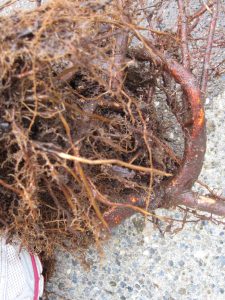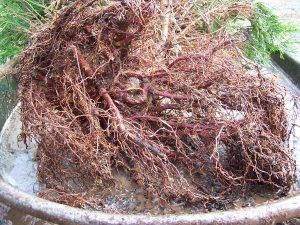Happy Arbor Day! What, you aren’t celebrating? As a recent transplant to the state of Nebraska, I was amazed to learn that the Cornhusker State is the birthplace of the day we set aside to celebrate trees. (Since most people associate the state with corn, football fanatics, and steak). And since Arbor Day is near and dear to Nebraska, it is the only state that celebrates it as a civic holiday (most state offices were closed – no drivers license for you!).
The holiday got its start in 1872 when J. Sterling Morton of Nebraska City, Nebraska (just 40 miles south of Omaha) organized the planting of one million trees in the state of Nebraska on April 10. Morton had been a newspaper editor, acting governor of the state, and after he founded Arbor Day was the 3rd US Secretary of Agriculture, having been appointed by President Grover Cleveland.
He built a mansion in Nebraska City that was later remodeled by his son Joy Morton (who had lots of money since he founded a little company called Morton Salt – maybe that’s where the anecdotal info of using salt to kill tree stumps/weeds started!). These days the mansion is part of the Arbor Lodge State Historical Park. The Arbor Day Farm is also part of the park, where locals and tourists alike stop for apple orchards, a tree playground, and wine tasting.
But if you haven’t planned a trip to Nebraska City for Arbor Day and you want to celebrate it at home by planting your own tree….well, there are some definite right and wrong ways to do things. So I thought we’d invite people to share their tree horror stories.
What have you seen that just makes you go huh? Do you have stories or pictures that are worthy of the carnage over at Crimes Against Horticulture?
Like the always frightening Mount Treesuvius? (down with Tree Volcanoes!)


Or how about the girdling root stanglehold of slow death?

Have you seen poorly planted, improperly pruned, damaged, or scary trees? Share your stories, pictures, and laments with us.









